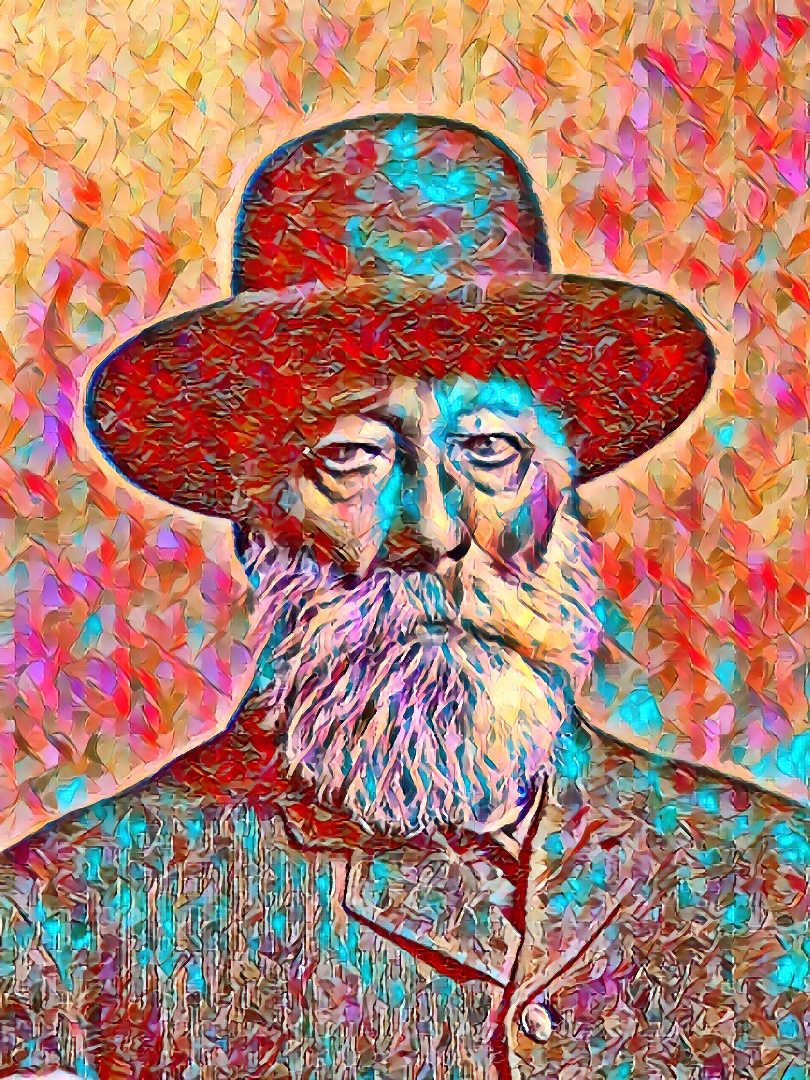When studying the Metis people and their involvement in the North-West Rebellion, it is important to consider that not all of them agreed with the resistance. While some saw it as a way to protect their land and culture, others looked at it as a rebel against the Dominion of Canada. Considering the different perspectives of the Metis people can help us better understand why they ultimately chose to fight. Did all of them agree with Louis Riel? Or were there dissenting voices within their community? Let's take a closer look.
In 1869-1870, Louis Riel led the Red River Resistance against the Canadian government's plans to annex Rupert's Land. Although Riel is often seen as the figurehead of the metis people, not all metis agreed with his actions. Some saw the resistance as a rebellion and were opposed to it, while others supported it wholeheartedly. What factors influenced which side each metis took? And what did their decisions mean for the future of Canada?
In his work "Prologue to the Red River Resistance: Preliminary Politics and the Triumph of Riel," historian Gerhard Ens discusses Dease's political activity in depth. Canadian Historical Association Journal, Vol. 5, 1994, pp. 111-123.
Ens illustrates that the 1869-70 Resistance is a difficult event to comprehend.
While his thesis might be a little shaky at times, he is true in stating that Red River Metis civilization was fragmented along several fault lines.
Metisprint.ca
Who Was William Dease
He was a well-known Francophone Roman Catholic mixed-blood with Anglophone links. He resided at Pointe Coupée, near Ste. Agathe now. As a member of the Council of Assiniboia, he was one of Louis Riel's main Métis opponents in 1869-1870. On July 29, he was the driving force behind a rally outside Winnipeg's courts demanding Canadian acknowledgment of Aboriginal rights, and he advocated the use of force if necessary. The Francophone Métis felt Dease was a henchman for John Christian Schultz, and he was never well-liked in the community. During the perplexing events of February 1870, Riel attempted to arrest Dease, who was in contact with the Portage la Prairie rebels. Dease decided to take an oath of fealty after fleeing via a window in his residence. He ran unsuccessfully in the March 1871 by-election that elected Manitoba's first Members of Parliament, and he was defeated again in the 1874 general election. He spent his senior years in Grafton, North Dakota.

